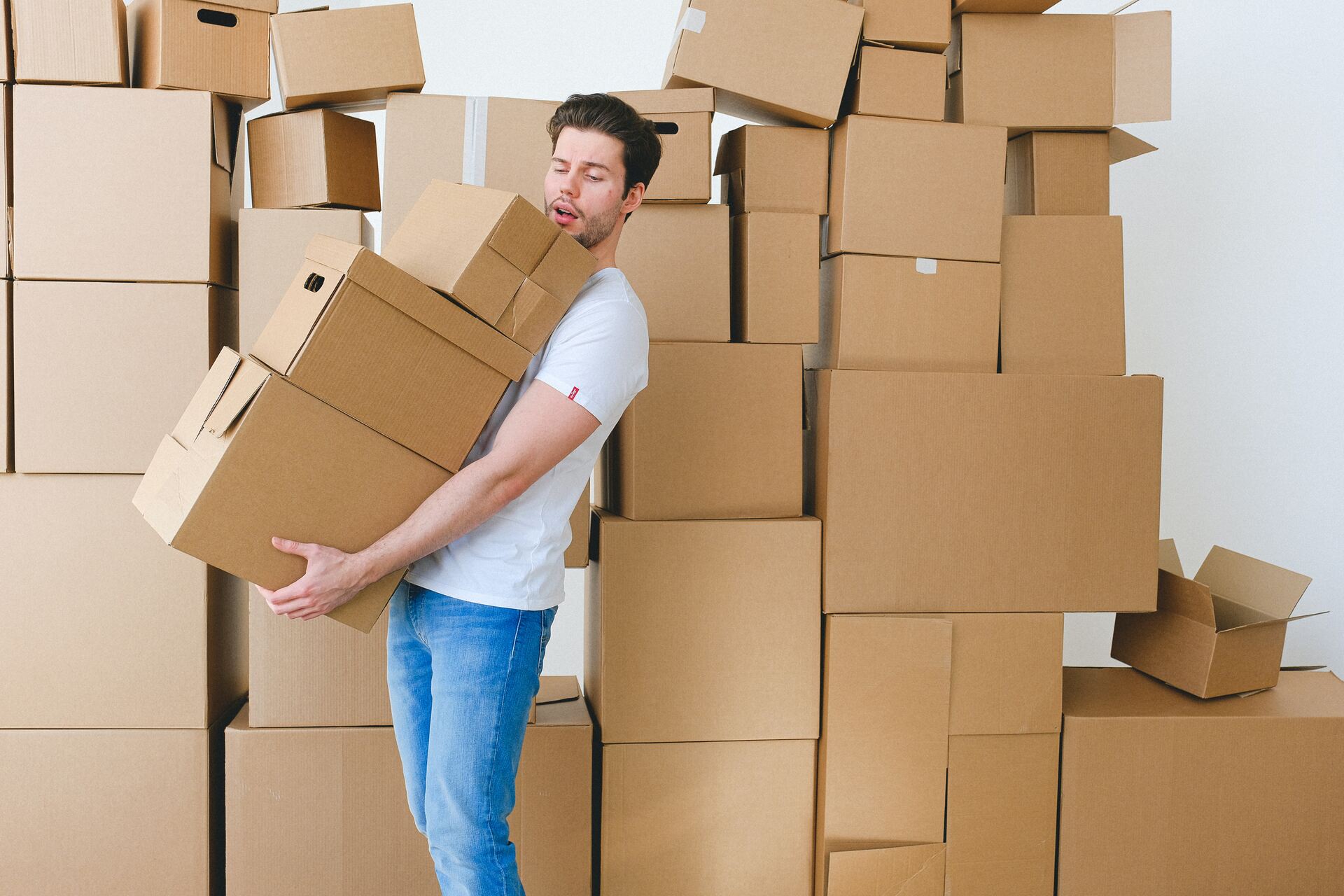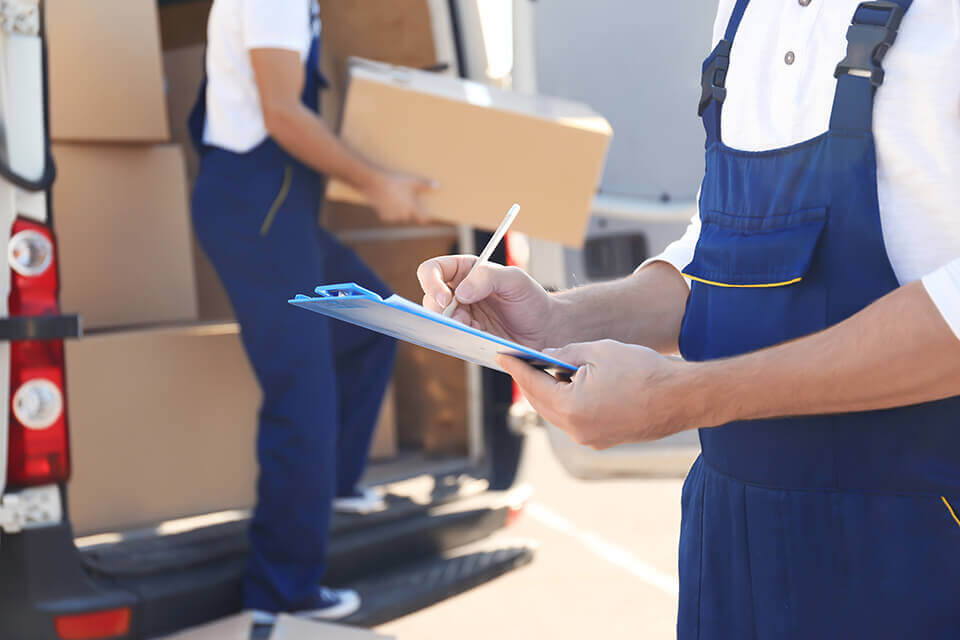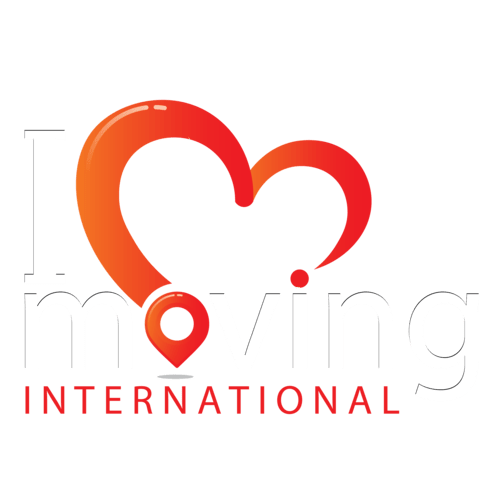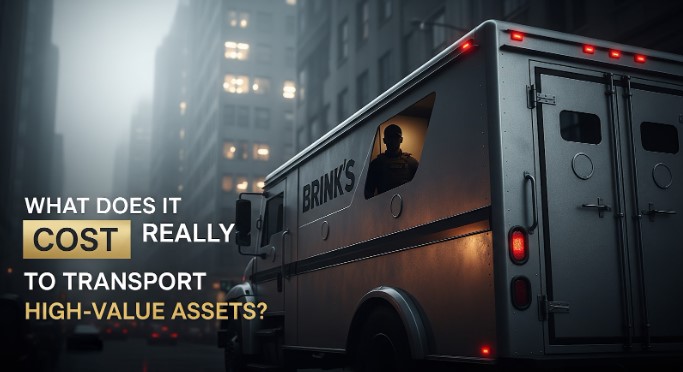Relocating to a new country is an exciting and transformative experience, but it also involves meticulous planning and organization. One of the key aspects of an international relocation is answering the question of “how many moving boxes do I need?” to transport your belongings securely and efficiently. From personal items and furniture to treasured possessions, ensuring that everything arrives intact requires careful consideration. By understanding these, you can streamline the packaging process and embark on your journey with confidence.

How many boxes will I need to move? That number depends on various factors, such as the size of your household, the amount of furniture you’re taking, and your personal belongings. As a general guideline, it’s recommended to estimate around 10-20 boxes for a small apartment or studio, 20-40 for a medium-sized home, and 40-60 for a large house. However, it’s always best to assess your specific needs and consult with professional movers for a more accurate estimate.
How Many Moving Boxes Do I Need? Why Is the Answer Important?
Knowing in advance how many moving boxes you’ll need when moving internationally is crucial for several reasons. First, it helps you plan and budget for the relocation process more effectively. By having an estimate of the required number, you can purchase or acquire them in advance, ensuring you have enough packaging materials on hand.
Secondly, understanding how many boxes to move you need allows you to assess the size and weight of your shipment. Shipping overseas costs are often based on volume or weight, so knowing the approximate number helps you obtain accurate quotes from relocation companies or shipping services.
Additionally, having an idea of the number of containers required allows you to prioritize and organize your belongings efficiently. You can start decluttering, downsizing, or selling items in advance, reducing the overall number of boxes needed and potentially saving on shipping costs.
Moreover, when moving abroad, it’s important to comply with customs regulations and requirements. Knowing the number helps you provide accurate information to customs authorities, ensuring a smoother and faster clearance process.
Start Assessing Your Belongings
Assessing your belongings before boxing them up is a crucial step in the relocating across the world process. It allows you to make informed decisions, prioritize items, and ensure a smoother and more organized packaging experience. This step is essential for planning, logistics, and compliance with customs regulations. It enables you to make informed decisions about what to bring, optimize space, protect valuables, and handle unwanted items appropriately.
By investing time in this assessment, you can streamline the process and ensure a smoother transition to your new home.
Determining Necessities
Assessing your belongings helps you differentiate between essential and non-essential items. Moving overseas involves additional costs and logistics, so it’s important to consider what you truly need in your new city. This assessment helps you avoid unnecessary expenses and makes your packing process more focused. Here are some guidelines to help you decide what items to bring and what not to bring:
- Important documents – Bring essential documents you need for travel, such as passports and visas. But also other important documents such as birth certificates, marriage certificates, medical records, and any other documents crucial for legal and administrative purposes.
- Clothing – Pack clothing suitable for the climate and culture of your new location. So if you plan to live in Europe, you will need clothing for all seasons. But if some other exotic country such as the Bahamas is in your mind, then summer clothing is all you need.
- Personal electronics – Bring electronics like laptops, smartphones, and tablets necessary for work, communication, or personal use. Remember to buy a power converter depending on the country you plan to live abroad
- Medications – If you have ongoing medical needs, ensure you have an adequate supply of medications until you can establish local healthcare arrangements.
- Basic kitchenware – Consider bringing a few essential kitchen items that may be difficult to find or significantly more expensive in your new city, such as specialized cookware or utensils.
- Family heirlooms – If you have family heirlooms or sentimental items with significant emotional value, it may be worth bringing them along.
- Personal mementos – Consider bringing a few personal mementos like photographs, letters, or small keepsakes that hold sentimental value.
- Specialized hobby items – If you have hobbies or activities central to your life, such as art supplies, musical instruments, or sporting equipment, bring the necessary items to enhance your experience in your new location.
Space Limitations
Moving abroad often comes with restrictions on the amount of space available for shipping. So instead of thinking, “how many boxes will I need to move a 2 bedroom apartment,” better focus on how many you can ship overseas. When you hire an overseas shipping company, you will be presented with two choices – moving by sea or air.
In most cases, moving by air has limitations, and it is more expensive. In contrast, shipping by sea gives you more options. For example, I Love International Moving company offers full and fewer container loads, meaning you can choose to have the whole container for yourself or to share a container with others if you have smaller shipments.
Customs Regulations
Different countries have varying customs, regulations, and restrictions on what can be brought into the country. By assessing your belongings in advance, you can identify items that may be prohibited or subject to import duties. This knowledge allows you to plan accordingly, whether it means leaving those items behind, researching import requirements, or obtaining necessary permits.
Valuable or Fragile Items
Assessing your belongings before you relocate overseas allows you to identify valuable or fragile items that require special care and attention during packing and shipping. You can take measures to protect and secure these items properly, such as using appropriate materials or seeking professional assistance. Some companies offer custom crating, where you can obtain ultimate protection for your’s most valuable items.
Storage and Disposal
If you have items that you will not pack, or at least not right away, assessing your belongings helps you determine how to handle them. You can arrange for storage, sell or donate unwanted items, or make arrangements for proper disposal. This step minimizes the stress of dealing with excess belongings and ensures a more organized relocation.
Tips for Categorizing Your Belongings Based on Size and Fragility
Categorizing your belongings based on size and fragility is a practical approach to ensure efficiency and minimize the risk of damage during an international relocation. Here are some tips to help you with this process.
| Tip | |
|---|---|
| Start with a plan | Before you begin categorizing your belongings, create a detailed plan or checklist. This will help you stay organized and ensure that you don't miss anything important. |
| Sort by size | Begin by categorizing items based on their size. Group together smaller items such as clothing, books, and kitchenware, and larger items like furniture or appliances. This will give you a better idea of the quantity and volume of each category. |
| Identify fragile items | Next, identify and separate fragile items that require extra care during packing. This includes delicate glassware, electronics, artwork, and other breakable objects. Take note of these items, as they may require special materials and handling instructions. |
| Consider weight distribution | When categorizing, also take into account the weight of your belongings. Try to distribute heavier items evenly across the containers to prevent them from crushing more delicate items. This will help maintain the integrity of the cardboard during transportation. |
| Take inventory | Keep a detailed inventory of your belongings as you categorize them. This will be helpful for insurance purposes and serve as a reference during unpacking in your new home. |
Estimating Box Needs for an International Move: A Systematic Approach
Estimating the number of boxes needed for an international relocation requires a systematic approach. Begin by conducting a room-by-room assessment, taking inventory of the items you plan to bring. While there are formulas and online calculators available that can tell you how many boxes you need for a 1 bedroom apartment, it’s important to adjust the estimate to your specific circumstances.
The number needed for a 1-bedroom apartment can vary depending on the number of belongings you have and your packaging preferences. As a general guideline, you can estimate approximately 10-20 boxes for a small 1-bedroom apartment. This estimate includes boxing up items such as clothing, kitchenware, books, small furniture pieces, and personal belongings.
However, it’s important to note that this is just an average estimate, and the actual number may be more or less based on the specific items you own and your packaging style.

Choosing the Right Boxes for Your International Move
Packing for a relocation abroad must be done with different kinds of cardboards available on the market. There are various types of boxes you can choose from, and each comes with its own purpose and value.
Standard cardboard containers are cost-effective and come in various sizes, making them suitable for most household items. They are lightweight and easy to handle but may not provide the same level of durability and moisture resistance as plastic boxes.
On the other hand, plastic offers added protection and is reusable, making it a sustainable option for your plates and other kitchen items. Those containers are sturdy and resistant to moisture, ensuring the safety of fragile or valuable items during long-distance transportation. However, plastic boxes can be more expensive and take up more space.
When choosing between cardboard and plastic, factors such as budget, fragility of items, reusability, weight restrictions, environmental impact, and available packaging space should be considered. The best-case scenario is to use medium size cardboard for most of your items and plastic containers for your valuable and fragile ones. Remember your belongings will be in the container on the sea, so an extra layer of protection is not a bad idea.

Tips for Packing Efficiently
Packing efficiently for an international relocation requires careful planning and strategic execution. Here are some expert tips and strategies to make the process smooth and efficient:
- Organize and declutter – Begin by sorting through your belongings and decluttering. Donate, sell, or discard items you no longer need or use. This will reduce the number of items to pack and make the process more manageable.
- Categorize by size and fragility – Group your items based on size and fragility. Pack smaller items together in clear zip-top bags or small boxes to keep them organized. For fragile items, wrap each one individually in bubble wrap or paper and mark the boxes as “fragile” for extra caution.
- Maximize space – Make the most of the available space by using vacuum-sealed bags for clothing and bedding to reduce their volume and create more space. Disassemble larger furniture whenever possible to save space. Keep all screws and small parts in labeled bags and secure them to the furniture. Utilize the empty spaces within furniture, appliances, and shoes to pack smaller items. Roll clothing instead of folding to maximize space in your suitcases and boxes.
- Minimize waste – Optimize your packing materials to minimize waste. Use items you already have, such as towels, blankets, or clothing, to wrap fragile items and provide cushioning. Use socks to protect smaller breakable items. Utilize newspapers or shredded paper as padding instead of purchasing additional packing materials.
- Label and inventory – Label each box with its contents and the room it belongs to. Keep a detailed inventory of each box to facilitate unpacking and keep track of your belongings during transit.
- Pack essentials separately – Set aside a separate bag or box for essential stuff needed immediately once in a new home. These include toiletries, clothes, important documents, and basic kitchenware.
Consider Shipping and Storage Options
When planning an international relocation, it’s crucial to consider the shipping and storage options available to you. Shipping options include air freight, sea freight, or a combination of both, each with its own cost, speed, and size limitations. Depending on your chosen shipping method and whether you opt for short-term or long-term storage, your box needs may vary. For example, if you’re shipping items by air, you may have stricter weight and size restrictions, requiring you to pack fewer but more compact containers.
On the other hand, if you’re utilizing long-term storage, you may need additional boxes to ensure your belongings are properly organized and protected during their time in storage. As we already mentioned above, shipping by sea is an option that has fewer limitations when it comes to the size and weight of your belongings. So make sure you ask about all these options before you hire an overseas moving company.
Hire an International Moving Company to Assist You With the Move
The decision to hire an international moving company for packing services when you decide to relocate to another country can alleviate numerous concerns and uncertainties. Entrusting the relocation and the packing process to professionals means you no longer have to worry about the number and size of boxes required. I Love International Moving is a company with experience and expert knowledge of the optimal packing methods and appropriate box sizes for different items you may need.
We understand the delicate balance between protection and efficient use of space. By relying on our proficiency, you can rest assured that your belongings will be meticulously packed, minimizing the risk of damage during transit. This allows you to focus on other aspects of your relocation, confident in the knowledge that professionals are handling the packing with utmost care and precision. Contact us today and give yourself peace of mind, ensuring a smooth and seamless transition to your new destination.

With the Right Packing Material Protecting Your Items Will Be Easy
Selecting the right packing materials is crucial for ensuring the protection of your items during an international relocation. While it is possible to tackle the packing process alone, enlisting the help of professional movers can provide an added layer of expertise and convenience.
Professional movers possess the knowledge and experience to handle delicate and valuable items with care, ensuring proper packing techniques and maximizing the safety of your belongings. So, while it is possible to pack on your own, considering the benefits of hiring professionals can provide you with a smooth and worry-free relocation experience, allowing you to focus on other aspects of your international relocation.
FAQ
Conduct a room-by-room assessment and consider the size and fragility of your belongings. Online calculators and formulas based on square footage or the number of rooms can also provide a starting point.
Factors include the size, fragility, and necessity of items, storage options, customs regulations, and downsizing opportunities. Assessing these factors helps determine what to bring, what to leave behind, and how to optimize your packing.
Larger belongings may require more space and larger containers, while smaller items can be grouped together in smaller ones. Assessing the size of your belongings helps estimate the overall quantity and sizes of containers needed.
Yes, there are online calculators and formulas available that consider average packing densities based on square footage or the number of rooms. However, it’s important to adjust the estimates based on your specific circumstances.
Fragile items require additional padding and protection, which may occupy more space in the packages. This can influence the overall number and the choice of packing materials.
Standard cardboards are commonly used and come in various sizes, while plastic ones offer extra durability. The choice depends on your preferences, budget, and the level of protection required. The type of containers can impact the overall number needed due to differences in size, weight, and reusability.
Tips include decluttering and organizing, utilizing space-saving techniques like vacuum-sealed bags, disassembling furniture when possible, and maximizing the use of available space.
Shipping methods may have size and weight restrictions, impacting the number and size of boxes. Storage choices can also influence the number required, depending on whether items are shipped directly or stored temporarily.
If you realize you need more containers, consider purchasing or acquiring additional ones. Reach out to local businesses, ask friends or family, or consult with the moving company for options and availability.
Look for free or discounted cardboards at local supermarkets, liquor stores, or online marketplaces. Consider renting plastic boxes or utilizing reusable containers to minimize costs. Additionally, optimize the use of space and avoid excessive packing materials.










